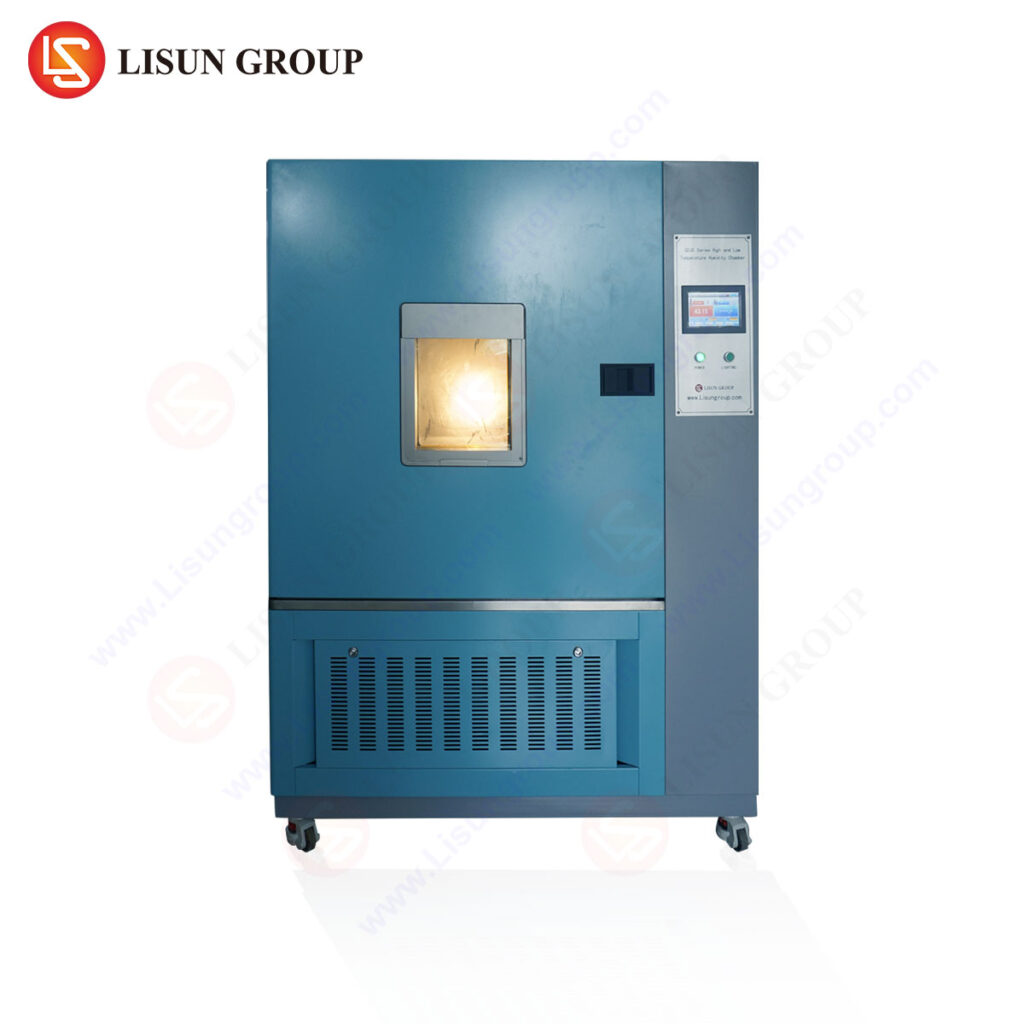LED Testing with Mini temperature chambers: A Comprehensive Guide to Test LED Driver or Mobile or Automotive Electronics
Introduction
LEDs are becoming increasingly popular in a variety of applications, from automotive lighting to mobile phones. As such, it is important to ensure that these devices are tested thoroughly to ensure that they are safe and reliable. Mini temperature chambers are a great tool for testing LEDs, as they can provide a controlled environment for testing and can be used to simulate a variety of conditions. This guide will provide an overview of LED testing with mini temperature chambers, including the types of tests that can be performed, the benefits of using mini temperature chambers, and the considerations to keep in mind when selecting a chamber.
Types of Tests
When testing LEDs with mini temperature chambers, there are a variety of tests that can be performed. These tests can include:
• Temperature Cycling: This test is used to determine the LED’s ability to withstand extreme temperatures. The LED is subjected to a range of temperatures, from hot to cold, and the results are monitored to ensure that the LED is able to withstand the temperature changes without any damage.
• Humidity Testing: This test is used to determine the LED’s ability to withstand high levels of humidity. The LED is subjected to a range of humidity levels, and the results are monitored to ensure that the LED is able to withstand the humidity without any damage.
• Shock and Vibration Testing: This test is used to determine the LED’s ability to withstand shock and vibration. The LED is subjected to a range of shock and vibration levels, and the results are monitored to ensure that the LED is able to withstand the shock and vibration without any damage.
• Thermal Shock Testing: This test is used to determine the LED’s ability to withstand rapid temperature changes. The LED is subjected to a range of rapid temperature changes, and the results are monitored to ensure that the LED is able to withstand the temperature changes without any damage.
• Life Cycle Testing: This test is used to determine the LED’s ability to withstand long-term use. The LED is subjected to a range of conditions, and the results are monitored to ensure that the LED is able to withstand the conditions without any damage.
Benefits of Using Mini Temperature Chambers
Mini temperature chambers offer a number of benefits when it comes to testing LEDs. These benefits include:
• Cost-Effective: Mini temperature chambers are relatively inexpensive, making them a cost-effective option for testing LEDs.
• Versatile: Mini temperature chambers can be used to simulate a variety of conditions, making them a versatile option for testing LEDs.
• Easy to Use: Mini temperature chambers are easy to use, making them a great option for testing LEDs.
• Safe: Mini temperature chambers are safe to use, making them a great option for testing LEDs.
Considerations When Selecting a mini temperature chamber
When selecting a mini temperature chamber for testing LEDs, there are a few considerations to keep in mind. These considerations include:
• Size: The size of the chamber should be appropriate for the size of the LED being tested.
• Temperature Range: The temperature range of the chamber should be appropriate for the temperature range of the LED being tested.
• Humidity Range: The humidity range of the chamber should be appropriate for the humidity range of the LED being tested.
• Shock and Vibration Range: The shock and vibration range of the chamber should be appropriate for the shock and vibration range of the LED being tested.
• Life Cycle Testing: The chamber should be able to accommodate life cycle testing of the LED being tested.
FAQs
What is LED testing?
LED testing is the process of testing LEDs to ensure that they are safe and reliable. This can include temperature cycling, humidity testing, shock and vibration testing, thermal shock testing, and life cycle testing.
What are the benefits of using mini temperature chambers for LED testing?
The benefits of using mini temperature chambers for LED testing include cost-effectiveness, versatility, ease of use, and safety.
What should I consider when selecting a mini temperature chamber for LED testing?
When selecting a mini temperature chamber for LED testing, you should consider the size, temperature range, humidity range, shock and vibration range, and life cycle testing capabilities of the chamber.
Conclusion
LED testing with mini temperature chambers is a great way to ensure that LEDs are safe and reliable. Mini temperature chambers offer a number of benefits, including cost-effectiveness, versatility, ease of use, and safety. When selecting a mini temperature chamber for LED testing, it is important to consider the size, temperature range, humidity range, shock and vibration range, and life cycle testing capabilities of the chamber. With the right mini temperature chamber, you can ensure that your LEDs are safe and reliable.







